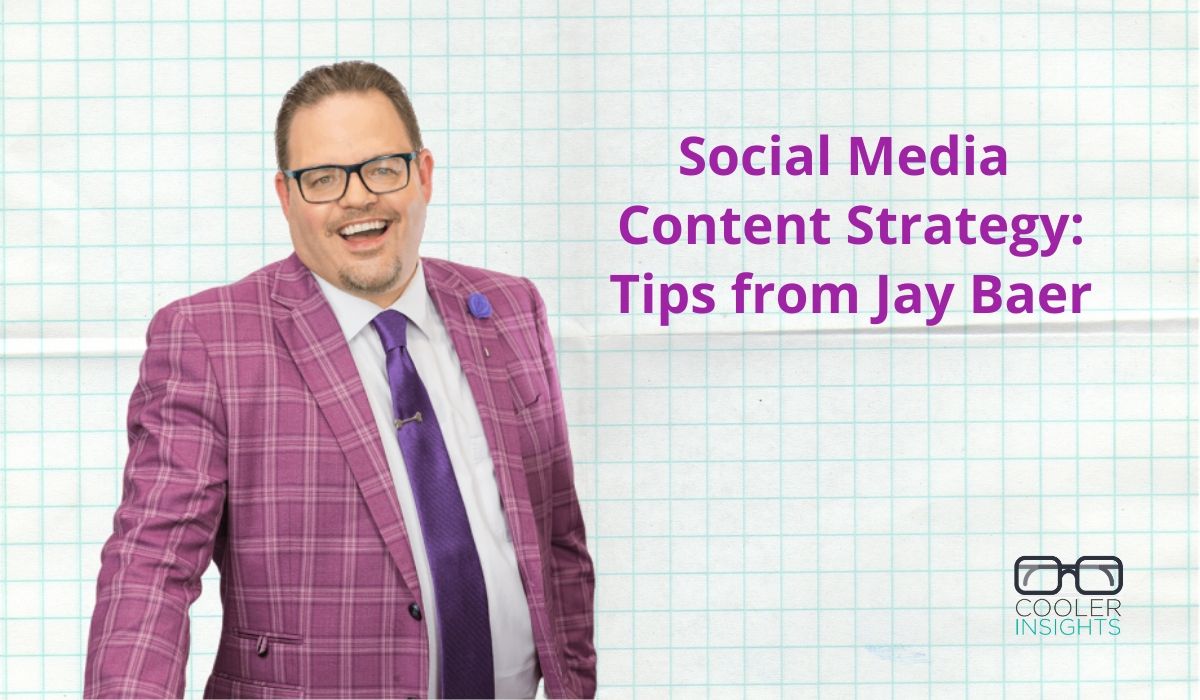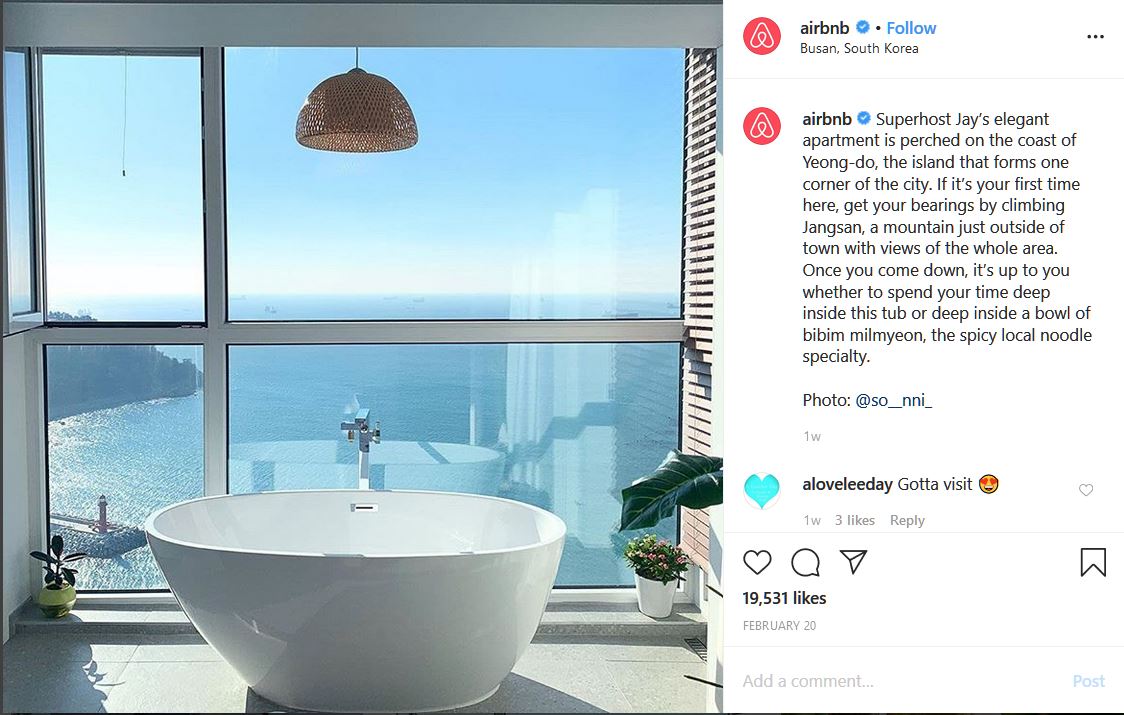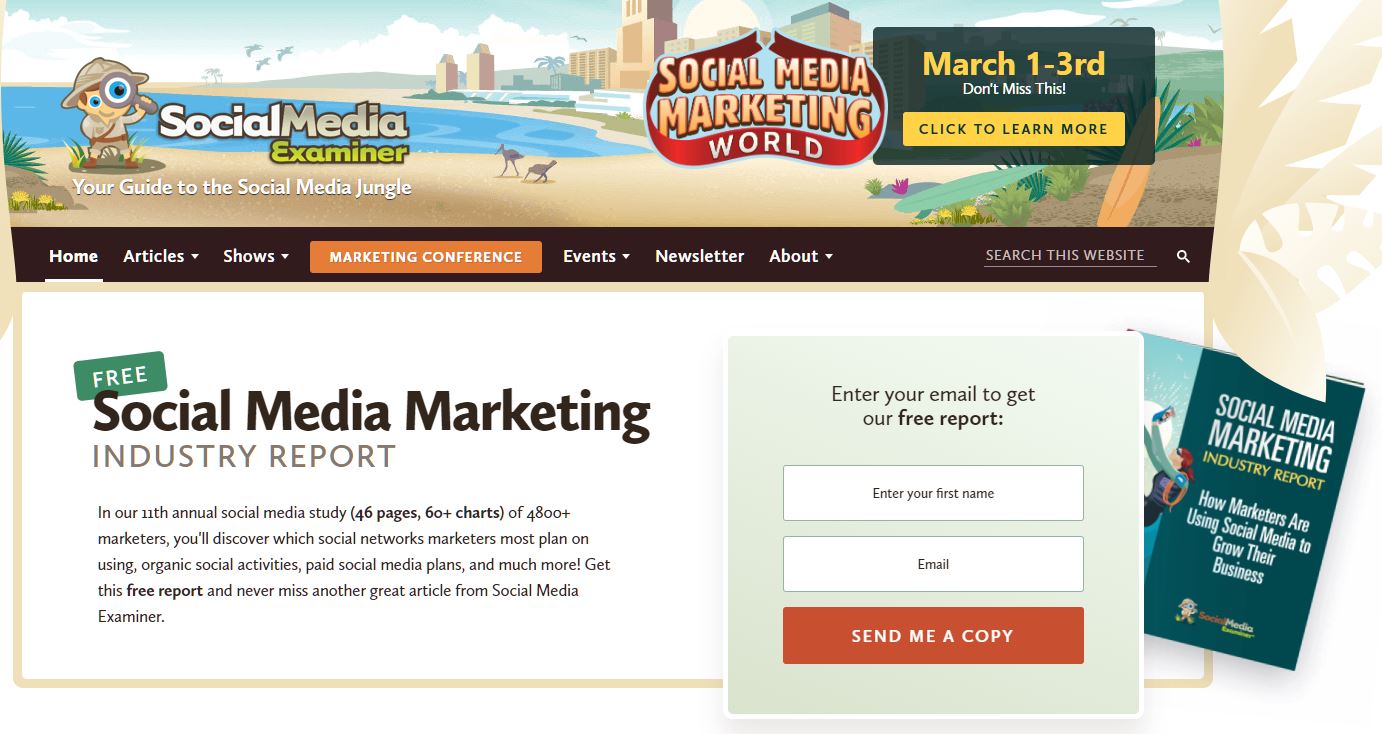
Wish to bring your social media marketing campaigns to the next level?
Consider learning from the influencers in this space, like Jay Baer—author of Youtility and Hug Your Haters, and a thought leader in content and social media marketing.
Thanks to a recent Social Media Marketing podcast hosted by the affable Michael Stelzner, I’ve gained some fresh insights on what works (and doesn’t) on social media.
In this article, you will learn what some of these tips and techniques are, as well as additional pointers that I’ve gleaned from my own experience in content and social media marketing.
The Rise of Messaging and Dark Social
Instant messaging is all the rage now. While this hearkens back to the original form of social media—forums such as village squares that support one-to-one conversations—it does make it harder for social media marketers to automate our marketing funnels.
According to Jay, this has led to the rise in traffic from “Dark Social”—mentions of links, products, services, brands, companies and other comments that you cannot detect using social listening software.
Against this backdrop, social media marketers need to invest more time in one-to-one interactions on chat platforms like WhatsApp, Facebook Messenger, WeChat, Telegram, Instagram Direct, and LinkedIn Messages. Yes, this will be far less scalable than sending them to a form and an automated funnel sequence, but it may possibly be better for conversions.
Experimenting with automated responses on Facebook, or chatbots may also be a possibility. However, this could be iffy if the Artificial Intelligence (A.I.) of your system isn’t “smart” enough.
Shorter Videos for Most Social Channels
Videos are the preferred content type for most social media platforms—Facebook, LinkedIn, Instagram, TikTok, Twitter, and definitely YouTube.
The difference, however, is length.
For most channels, the trends seem to move towards shorter and shorter video content (max 45 seconds according to Jay). If you look at Facebook, Instagram or WhatsApp Stories, each “story” is only 15 seconds long.
Instagram videos max out at 60 seconds (unless you use IGTV—even then it maxes out at 10 minutes in length.) Twitter accepts videos up to a length of 2 minutes 20 seconds, while TikTok videos are restricted to 60 seconds in length.
Rules for Thumb-Stopping Content
On “slot-machine” style social networks like Facebook, Twitter, Instagram and LinkedIn, your focus should be on producing thumb-stopping content.
Catch their attention in the first 3 seconds. Compress your messages and insights into the fewest words possible. Use animations and eye-catching text to augment your content. Or show a jaw-droppingly beautiful photo.
And yes, you should also post longer text with short videos. I’ve seen this happening across most social platforms, often with formatted text containing emojis ? to capture attention.
To get users to click and read your post, you should “write something compelling before the “more…” link to open up the post to see the rest of the text.”
Airbnb uses gorgeous photographs of its hosts’ homes as well as travel destinations to stop people’s thumbs. Here’s a recent example from their Instagram account.

Why YouTube is the Exception
YouTube, however, is still the place for longer-form video content. This is because of the way people consume YouTube (like a television channel) as opposed to the scrolling behaviours on Twitter, Facebook, Instagram and TikTok.
Unlike the other channels, users are likely to search for videos using keywords. Often, they do so either to watch a particular show or learn something.
Hence, knowing a thing or two about Search Engine Optimization (SEO) for videos will certainly help here.
Watch this video from Brian Dean of Backlinko fame to learn how you can do so.
How to Create Your Own Social Media Shows
What Jay Baer seems to advocate is that social media content creators should think like television producers.
Consider your channels to be like shows—according to Jay, a “show” is a repeatable type of content or social execution.
Thus, you need to behave like a media publisher or television network, and roll out episodic content on a regular basis (eg daily or weekly).
Depending on where your audiences are, you can consider any of the following options:
- Weekly Facebook “Live” shows where you answer questions from your fans/ followers
- Daily Instagram “Stories” where you provide one short and useful tip after another, in the form of short 15-second ‘episodes’
- Fortnightly YouTube videos on your channel revolving around a specific theme or topic
- Weekly podcast episodes on a specific topic
- Weekly blog articles, which may be shared and re-purposed into short 1-minute videos on LinkedIn or Facebook or Twitter
Developing Binge-Worthy Shows
The bulk of your social media programming should be centred on what Jay terms as “binge-worthy” shows.
These should have good enough production value, have a good pay-off for your audience, and be “interesting and dynamic enough that a viewer would want to—and be able to—watch multiple “episodes” of that show at one time.”
You should execute these at least a couple of times a month. Length-wise, they can be shorter or longer per episode (or article), but they should be engaging enough for somebody to watch a few at a time like a good Netflix series.
A good example of a binge-worthy show is the #AskGaryVee show on YouTube hosted by social media extraordinaire Gary Vaynerchuk. Here’s an episode featuring Tony Robbins.
One Time Shows or Special Events
Consider these as the “blockbuster” shows of your social content production house. It can happen perhaps once every month or once every two-months—there are really no hard and fast rules to this.
Now in my mind, I would think a real-life face-to-face event qualifies as a “one-time show” that is a culmination of everything that you’ve alluded to in your binge-worthy show. This could be repackaged for an online audience through live-streaming of a workshop or an event.
You could also do an interview with a celebrity, thought leader or influencer in your business. Or share a well-researched report (what Michael Stelzner would term as Nuclear Fuel) that you release once a year.
An example of such an execution is the Social Media Marketing Industry Report from Social Media Examiner. This highly referenced report has helped to generate hundreds of thousands of email addresses for the company.

Regular Updates + News
Finally, consider producing and sharing regular updates and news-driven content on your social media channels.
These could take the shape of the following:
- The latest trends, fads and industry round-ups (eg “Social media news this week” or “Spring fashion highlights”)
- Company product launches and offers
- Customer stories and testimonials
- Day-in-the-life type content
- Occasionally spontaneous updates aka “Breaking News”
“Find Us on Google!”
By now, you’ve probably noticed that link posts do not get as much love as natively uploaded videos or photographs or even plain text content (LinkedIn especially) on social media platforms.
That’s largely because most social networks do not like their users to click out to a website—they’d much rather have you hang around as long as possible on Facebook, LinkedIn, or Instagram.
To accommodate this, Jay suggests that you do not put a link on your Call To Actions (CTAs). Instead, you could ask them to find you on Google.
Personally I haven’t quite used this technique yet and will give it a try to see if it works. I guess this means that I’ll need to produce more videos on my social media channels (or translate my prodigious text content into videos.)
Conclusion
And there you have it! The latest updates on social media content strategy from Jay Baer.
I hope that you’ve found this useful. I certainly did, and I’ll be applying some of these lessons to my own social media content creation and marketing efforts.
Which of these tips will you apply? Which would you KIV for the thing being, and why?

Thank you, Walter! for sharing your strategy on Social media content. I liked the way you shared your article with the help of videos, well-presented post. Keep posting nad good luck with the next upcoming post.
I really liked this article. Thank you so much for sharing it. I have been looking for my personal blog social media channels & I am sure this will really help me. I have bookmarked your article. Once again many thanks. Can you more such articles?